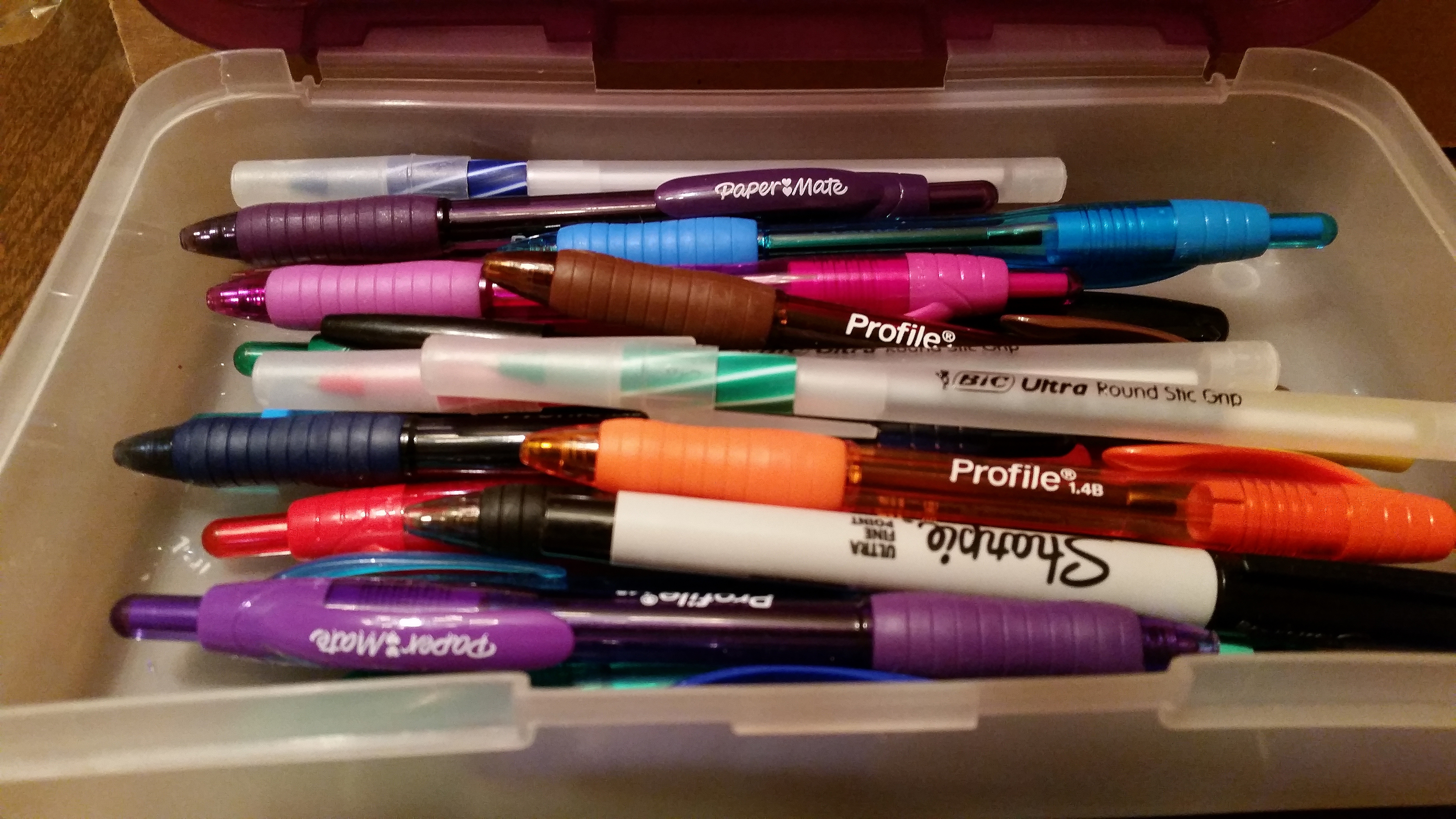
Authorpreneur
Build a Brand 3: Define Your brand’s Personality
In my last article, I introduced the idea of an author creating a brand personality and outlined three ways…
January 12, 2020
In my last article, I introduced the idea of an author creating a brand personality and outlined three ways…
January 12, 2020
It’s been a L-O-N-G series, but I wanted to especially focus in on different tools you can use to…
September 30, 2017
Can you describe you characters with only two words? I ran across this simple question in James Scott Bell’s…
May 19, 2017
Very few people take a trip without a destination in mind. When we travel, good planning makes for a good…
July 31, 2015